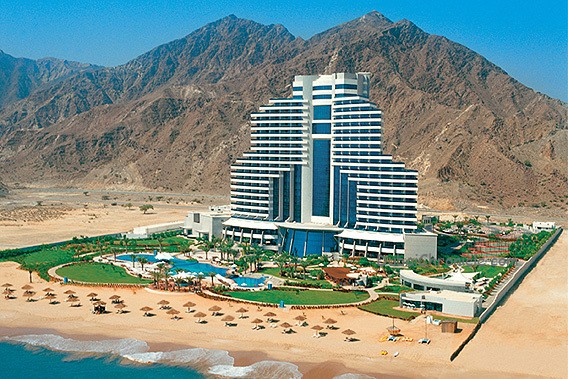The biggest threat to the stability of the world in the next 10 years comes from the risk of international conflict.
Interstate conflict with regional consequences is number one amongst Global Risks 2015 in terms of likelihood, and the fourth most serious risk in terms of impact. In terms of likelihood, as a risk it exceeds extreme weather events (2), failure of national governance systems (3), state collapse or crisis (4) and high structural unemployment or underemployment (5).
|
Top 5 Global Risks in Terms of Likelihood |
|
|
1 |
Interstate conflict with regional consequences (geopolitical risk) |
|
2 |
Extreme weather events (environmental risk) |
|
3 |
Failure of national governance (geopolitical risk) |
|
4 |
State collapse or crisis (geopolitical risk) |
|
5 |
High structural unemployment or underemployment (economic risk) |
|
Top 5 Global Risks in Terms of Impact |
|
|
1 |
Water crises (societal risk) |
|
2 |
Rapid and massive spread of infectious diseases (societal risk) |
|
3 |
Weapons of mass destruction (geopolitical risk) |
|
4 |
Interstate conflict with regional consequences (geopolitical risk) |
|
5 |
Failure of climate-change adaptation (environmental risk) |
In looking at global risks in terms of their potential impact, the nearly 900 experts that took part in the Global Risk Perception Survey of the World Economic Forum rated water crises as the greatest risk facing the world. Other top risks alongside that and interstate conflict in terms of impact are: rapid and massive spread of infectious diseases (2), weapons of mass destruction (3) and failure of climate change adaptation (5).
With the 28 global risks that were assessed in 2015 grouped into five categories – economic, environmental, geopolitical, societal and technological – 2015 stands out as a year when geopolitical risks, having been largely absent from the landscape of leading risks for the past half-decade, returns to the fore. With geopolitics increasingly influencing the global economy, these risks account for three of the five most likely, and two of the most potentially impactful, risks in 2015. Also in this category, three risks stand out as having intensified the most since 2014 in terms of likelihood and impact. These are interstate conflict with regional consequences, weapons of mass destruction and terrorist attacks.
The risk landscape in 2015 also shows that there remains concern over the world’s ability to solve its most pressing societal issues, as societies are under threat from economic, environmental and geopolitical risks. Indeed, the societal risk accounts for the top two potentially impactful risks.
Also noteworthy is the presence of more environmental risks among the top risks than economic ones. This comes as a result of a marked increase in experts’ negative assessment of existing preparations to cope with challenges such as extreme weather and climate change, rather than owing to a diminution of fears over chronic economic risks such as unemployment and underemployment or fiscal crises, which have remained relatively stable from 2014.
In addition to assessing the likelihood and potential impact of these 28 global risks, Global Risks 2015 examines the interconnections between risks, as well as how they interplay with trends shaping the short- to medium-term risk landscape. It also offers analysis of three specific cases which emerge from the interconnections maps: the interplay between geopolitics and economics, the risks related to rapid and unplanned urbanization in developing countries and one on emerging technologies.
The rapid pace of innovation in emerging technologies, from synthetic biology to artificial intelligence, also has far-reaching societal, economic and ethical implications. Developing regulatory environments that are adaptive enough to safeguard their rapid development and allow their benefits to be reaped, while preventing their misuse and any unforeseen negative consequences is a critical challenge for leaders.




































